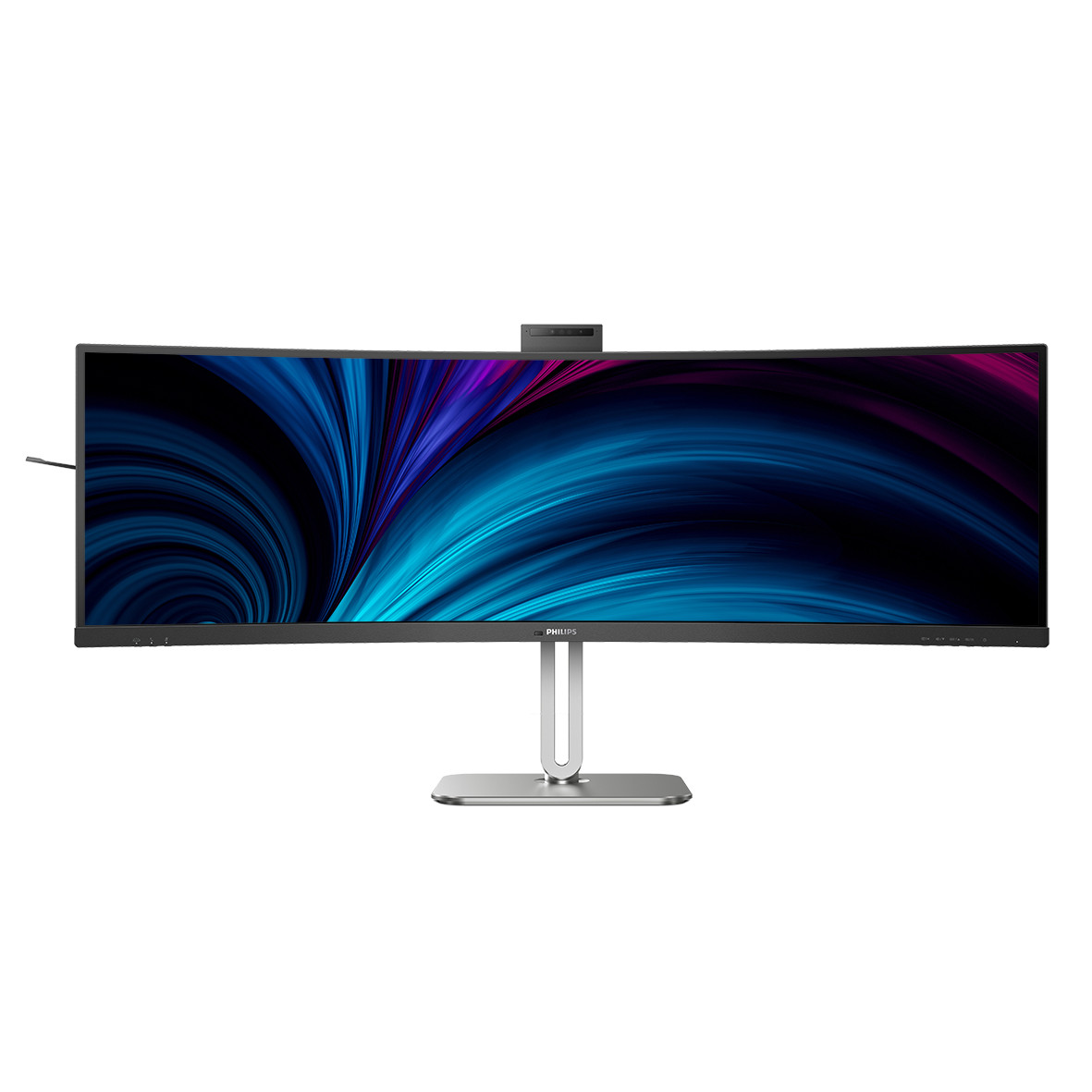



























£1,081.19*
- Resolution 5120 x 1440
- Diagonal 49"
- Refresh Rate 75Hz
- Aspect Ratio 32:9
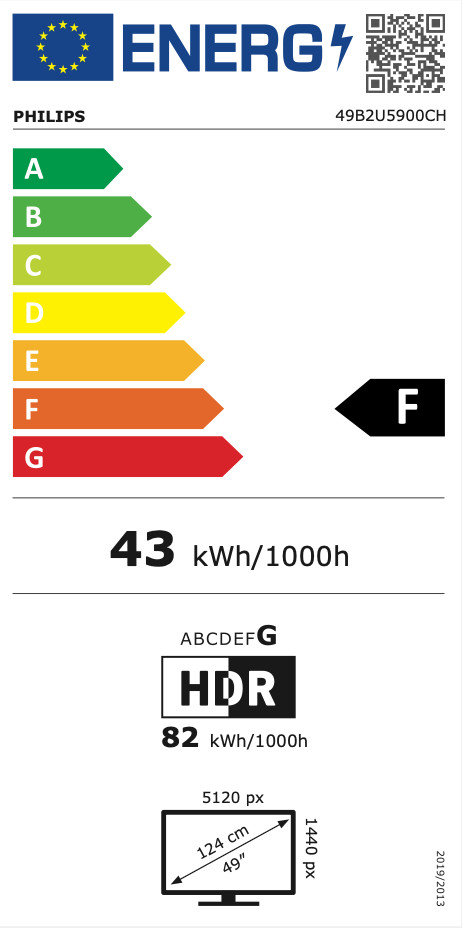


Product information
Redefined workflow for productivity
Make your workplace more efficient. To simplify your daily workflow, this large 32:9 SuperWide monitor is equipped with several new features, such as a status light and a tiltable webcam that allows you to easily switch between tasks.
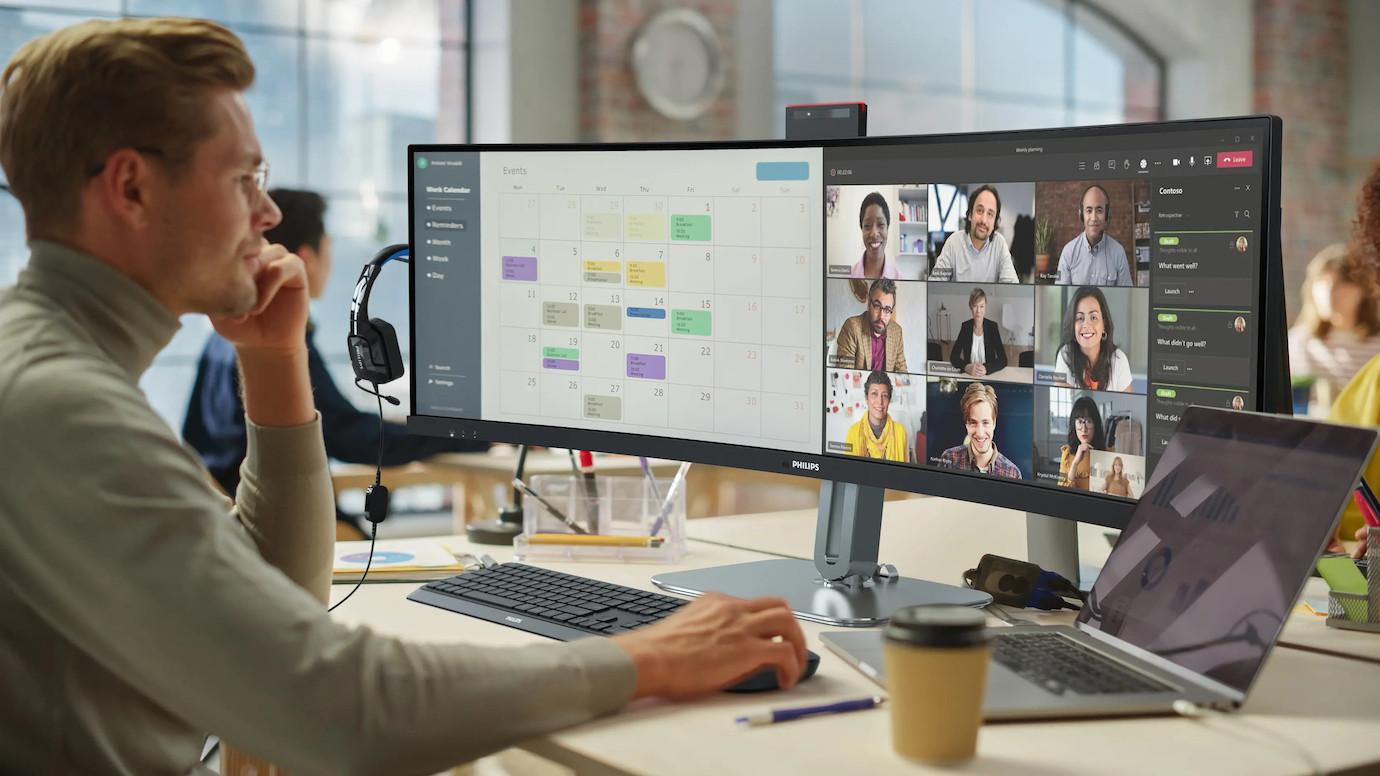
Experience the following highlights:
- 32:9 SuperWide screen replaces multiple monitors
- DisplayHDR 400 for more realistic and premium images
- RJ-45 to USB-C for easy and secure network connection
- Eyesafe certified blue light protection and colour fidelity
- Secure login with pop-up webcam and Windows Hello™
Curved monitor design for an immersive experience
Desktop monitors offer a personalised user experience that lends itself well to a curved design. The curved screen creates a pleasant, subtle effect that puts you in focus.
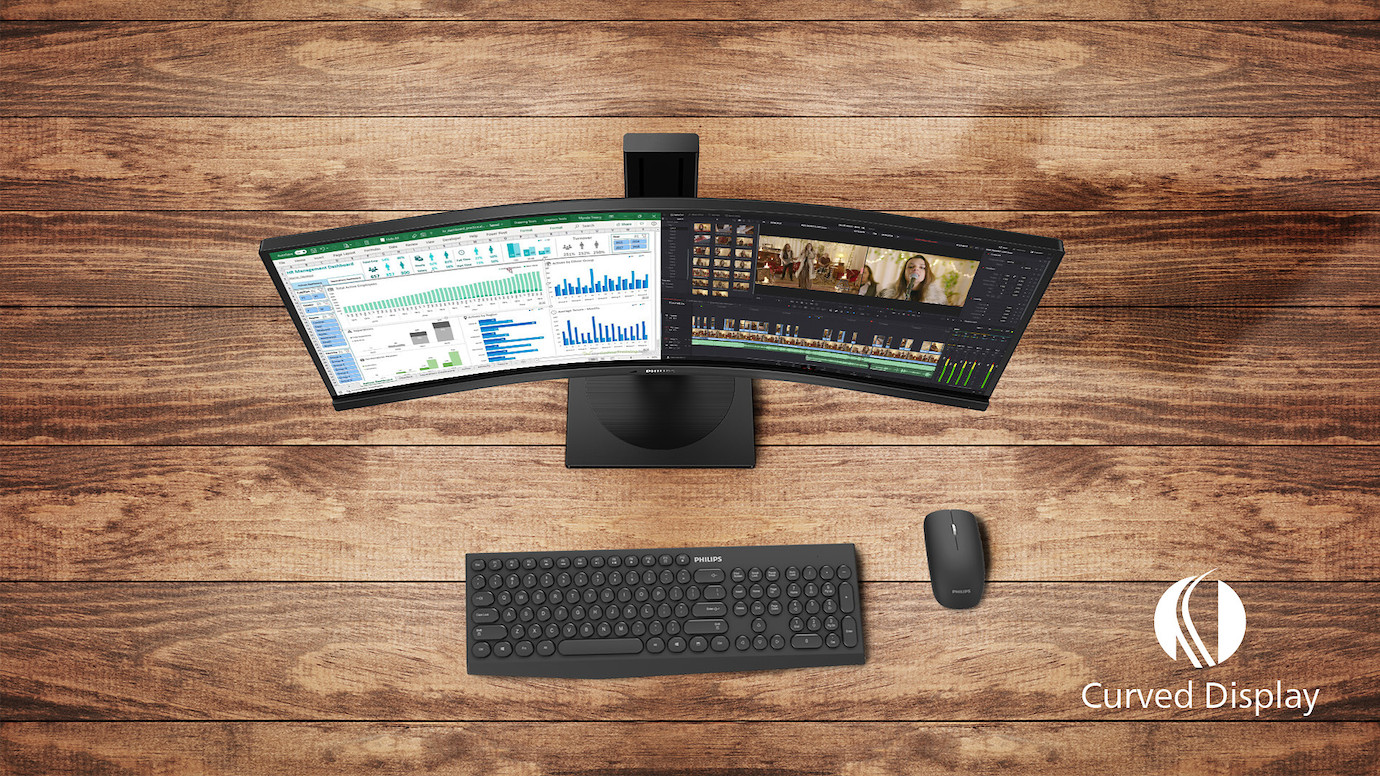
32:9 SuperWide screen replaces multiple monitors
Our 124 cm (49") SuperWide screen with a resolution of 5,120 x 1,440 pixels is designed to replace multiple screens with one impressively wide view. It offers a display like two 69 cm (27") Quad HD displays in 16:9 format side by side. SuperWide monitors allow the same screen area as two monitors, but without the complicated setup.
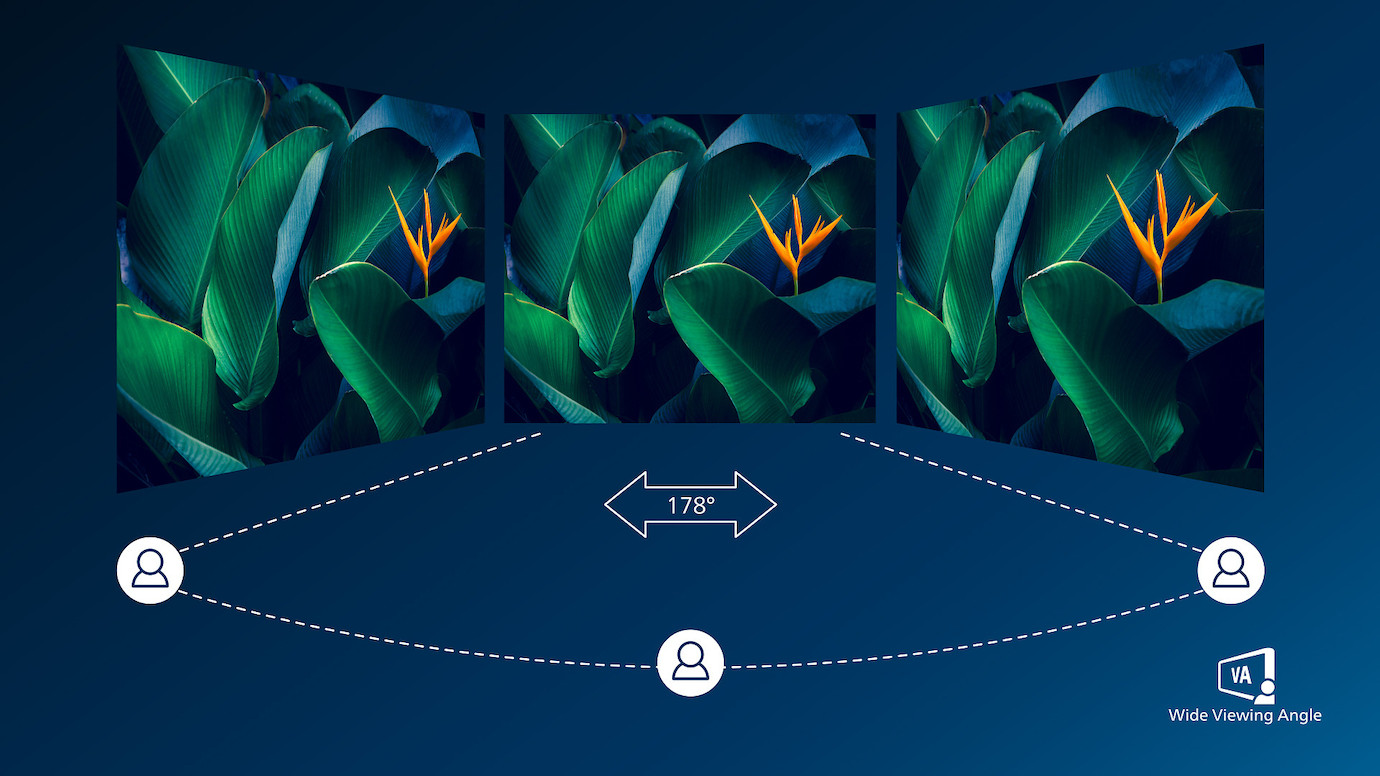
DisplayHDR 400 for more realistic and premium images
The VESA-certified DisplayHDR 400 offers a significantly higher quality experience compared to conventional SDR displays. Unlike other HDR-compatible displays, true DisplayHDR 400 produces amazing brightness, contrast and colour. With a global dimming function and maximum brightness up to 400 nit, images come to life with visible highlights and more intense, distinguishable blacks. DisplayHDR 400 achieves a fuller spectrum with vibrant new colours, creating a visual experience that truly stimulates your senses.
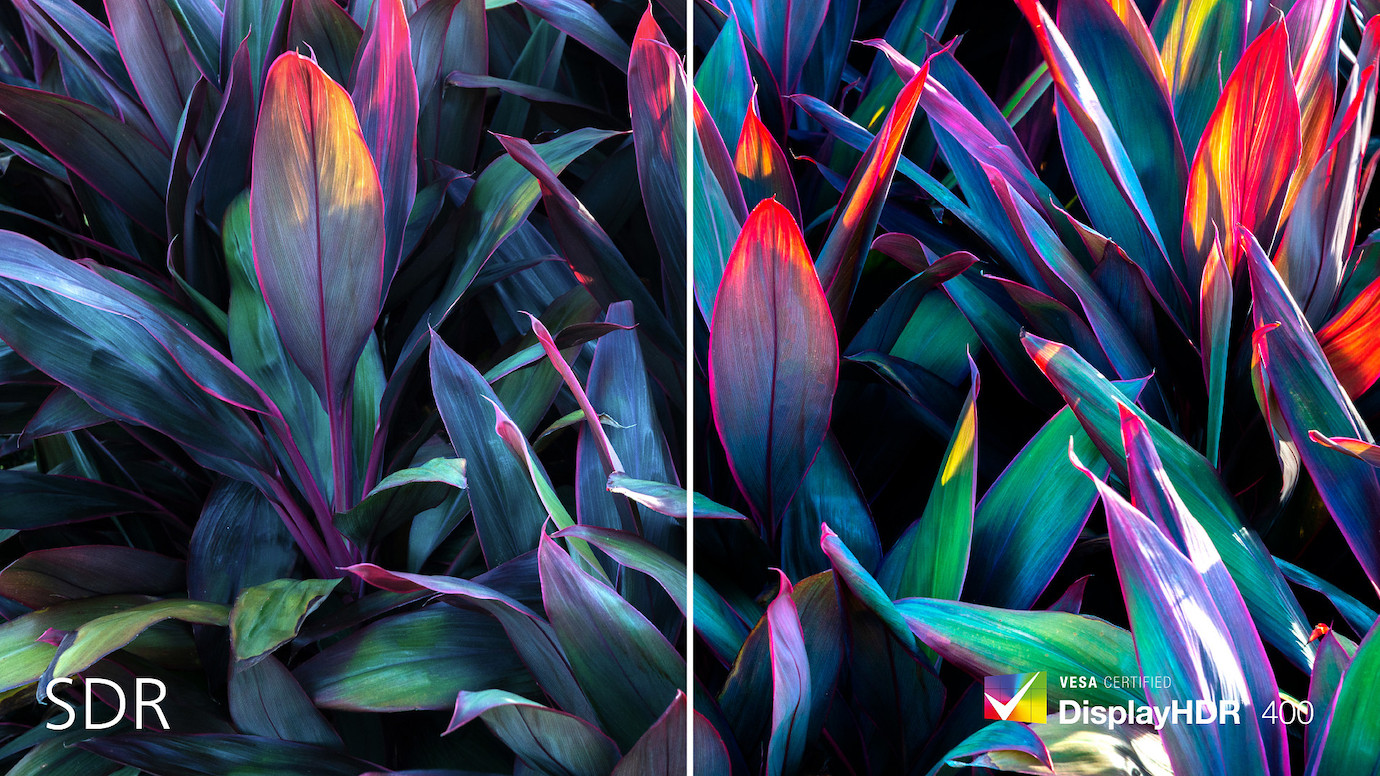
RJ-45 to USB-C enables a simple and secure network connection
Simplify connections of your peripherals from monitor to PC thanks to a one-cable pairing with USB-C connection, including networking, a high-resolution video output from PC to monitor and surfing the Internet without an additional network cable as well as without a LAN connection of your notebook. The RJ45 connection via USB-C provides a fast and secure connection when needed. Thanks to the fastest speeds, lightning-fast data transfer between hard drive and PC is possible. USB-C also allows you to operate and charge your notebook with power from the monitor without an additional power cable.

SmartKVM: For easy switching between sources.
In contrast to conventional integrated KVM monitor buttons, the intelligent KVM allows you to switch between sources with one click on the keyboard. When all devices are properly connected, users can easily switch between sources by triple-clicking the Ctrl key.
Eyesafe certified blue light protection and colour fidelity
The Philips monitor complies with the TÜV Rheinland Eyesafe® standard to effectively protect you from prolonged exposure to blue light. The always-on blue light filter not only reduces digital eye strain, but also guarantees colour integrity.

VA monitor for stunning images at wide viewing angles
The Philips VA LED monitor uses advanced Multi-Domain Vertical Alignment technology, giving you static contrast ratios for extra vivid and bright images. Traditional office applications are displayed with ease, but it is particularly suitable for photos, web browsing, films, games and demanding graphics applications. Thanks to the optimised pixel management technology, you have an extra wide viewing angle of 178/178 degrees, which enables razor-sharp images.
Status light: For setting your work status
This function offers you privacy and enables optimal collaboration in a busy office. To signal to others that they are busy, users can simply press the status light button at the bottom left of the screen bezel and the light on the webcam will turn red. In addition, the status indicator function can also be synchronised with the user's Microsoft Teams status.
Tilt, swivel and height adjustment for an optimal view
The Compact Ergo stand is a user-friendly Philips monitor stand that enables efficient and comfortable working thanks to its multiple adjustment options (swivel, tilt and height adjustment).
Adjustable webcam: For comfortable video conferencing.
This function allows you to hold video conferences even more comfortably. With the webcam's 30-degree adjustment, users can now call and join meetings comfortably from any position.
Hook for headphones: For customised storage
Headphone storage was not previously available with this feature. Carefully pull down the hook on the side of the monitor: This feature keeps your desk tidy and offers a practical solution for cable management in the workplace.
Secure login with the pop-up webcam and Windows Hello™
The innovative and secure webcam from Philips pops up when you need it and tucks away securely inside the monitor when you're not using it. The webcam is also equipped with advanced sensors for Windows Hello™ facial recognition, so you can conveniently log in to your Windows devices in less than 2 seconds - three times faster than entering a password.
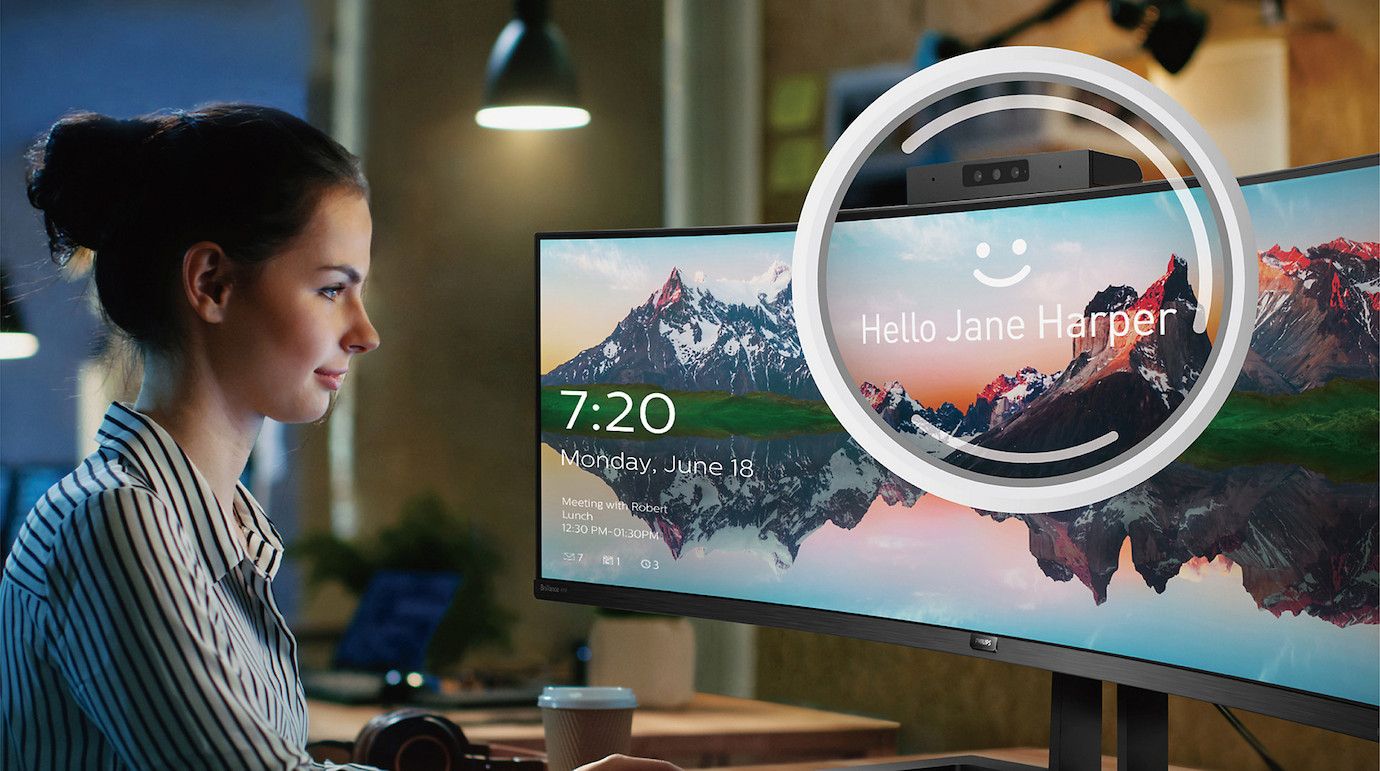
Technical data
| Name | Philips 49B2U5900CH 49" Monitor, 5120 x 1440, 75Hz, 4ms |
|---|---|
| Article number | 1000030240 |
| GTIN/EAN | 8712581802578 |
| Manufacturer SKU | 49B2U5900CH |
| EPREL ID | 1666129 |
| Model name | 49B2U5900CH |
| Brand | Philips |
| Product Type | Monitor |
| Technology | LCD |
| backlight | Direct-LED |
| Resolution | 5120 x 1440 |
| Diagonal | 49" |
| Aspect Ratio | 32:9 |
| Viewing angle - Horizontal | 178° |
| Viewing angle - Vertical | 178° |
| Contrast Ratio | 3,000 :1 |
| Brightness | 450 cd/m² |
| Max. Brightness | 450 cd/m² |
| Response time | 4ms |
| Refresh Rate | 75Hz |
| Support - VESA | 100 x 100 |
| Inputs | 1x Displayport , 1x Ethernet , 1x USB-A , 1x USB-C , 2x HDMI |
| heightadjustable foot | 150 mm |
| Product width | 119.3 cm |
| Product height | 26.8 cm |
| Product depth | 58.3 cm |
| Weight | 15.21 kg |
| Colour | Black |
| EEK Spectrum | A to G |
| Energy efficency class | F |
| Delivery contents | DisplayPort Cable , HDMI Cable , Power cable , Quick user guide , USB-C Cable |
| Condition | New |
| Warranty | 24 Month |
| Warranty type | Bringin service Service and support information |
Product safety
| Person responsible for the EU |
|---|
| Philips Consumer Lifestyle B.V. |
| High Tech Campus 52 |
| 5656 AG Eindhoven |
| Netherlands |
| Unternehmenskommunikation@philips.com |



